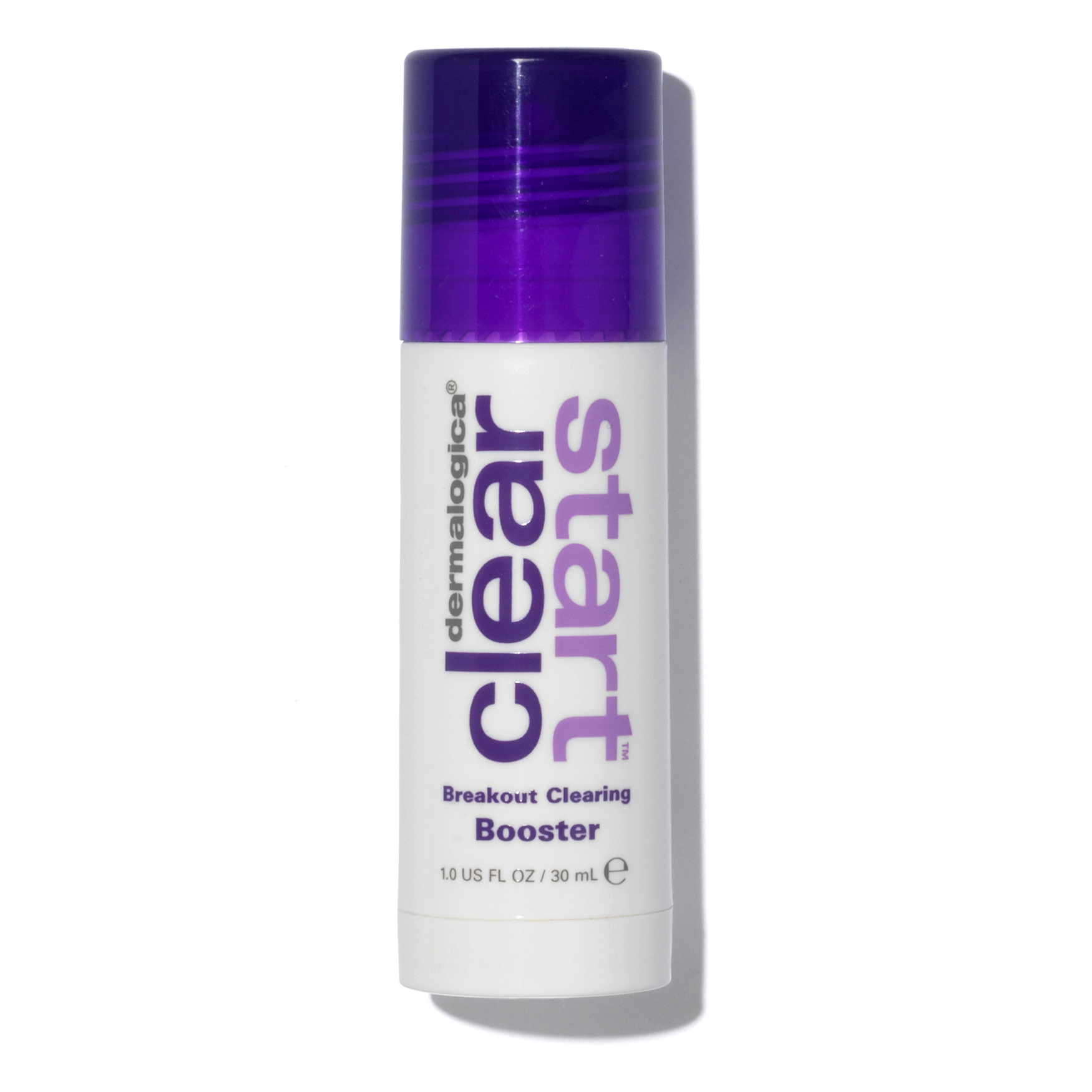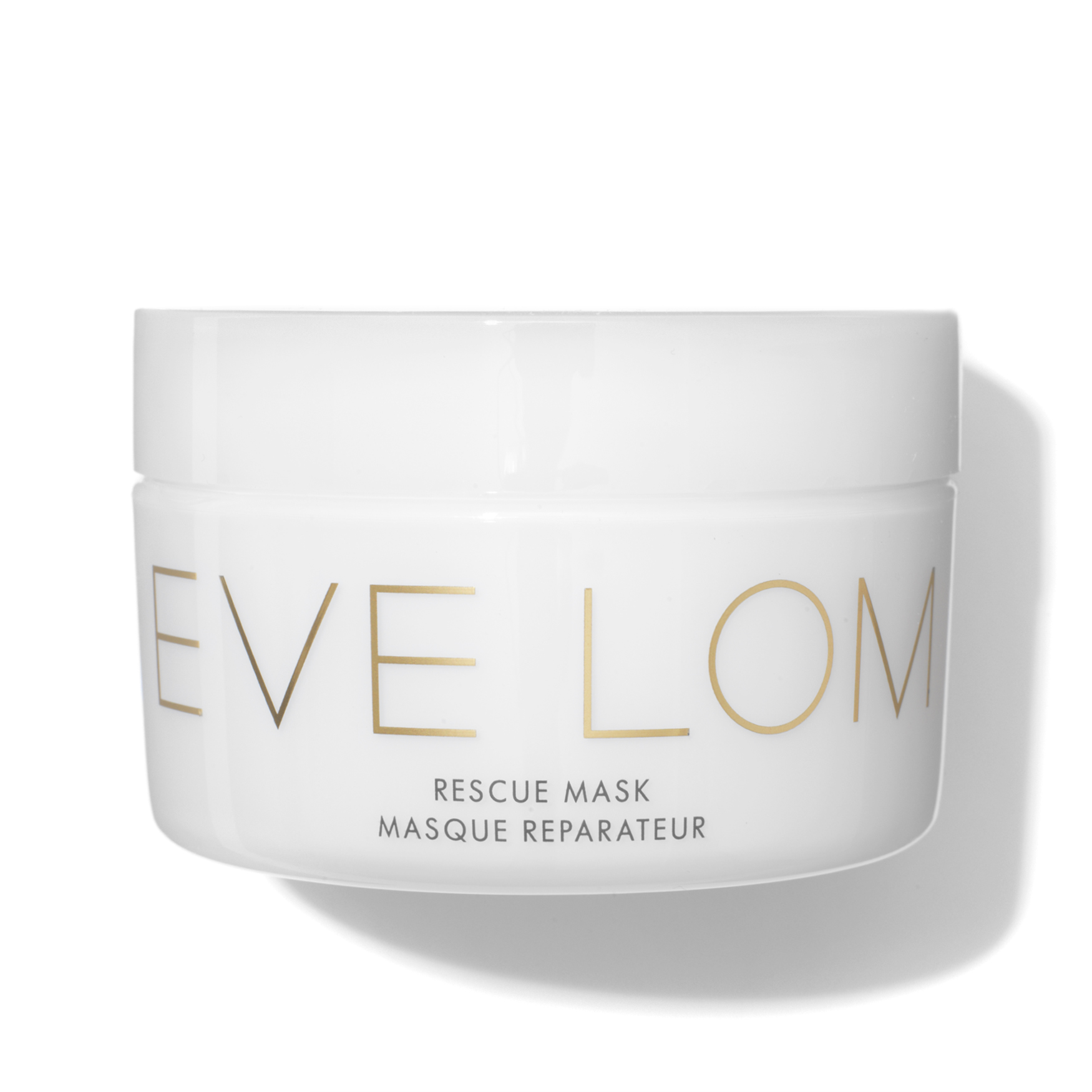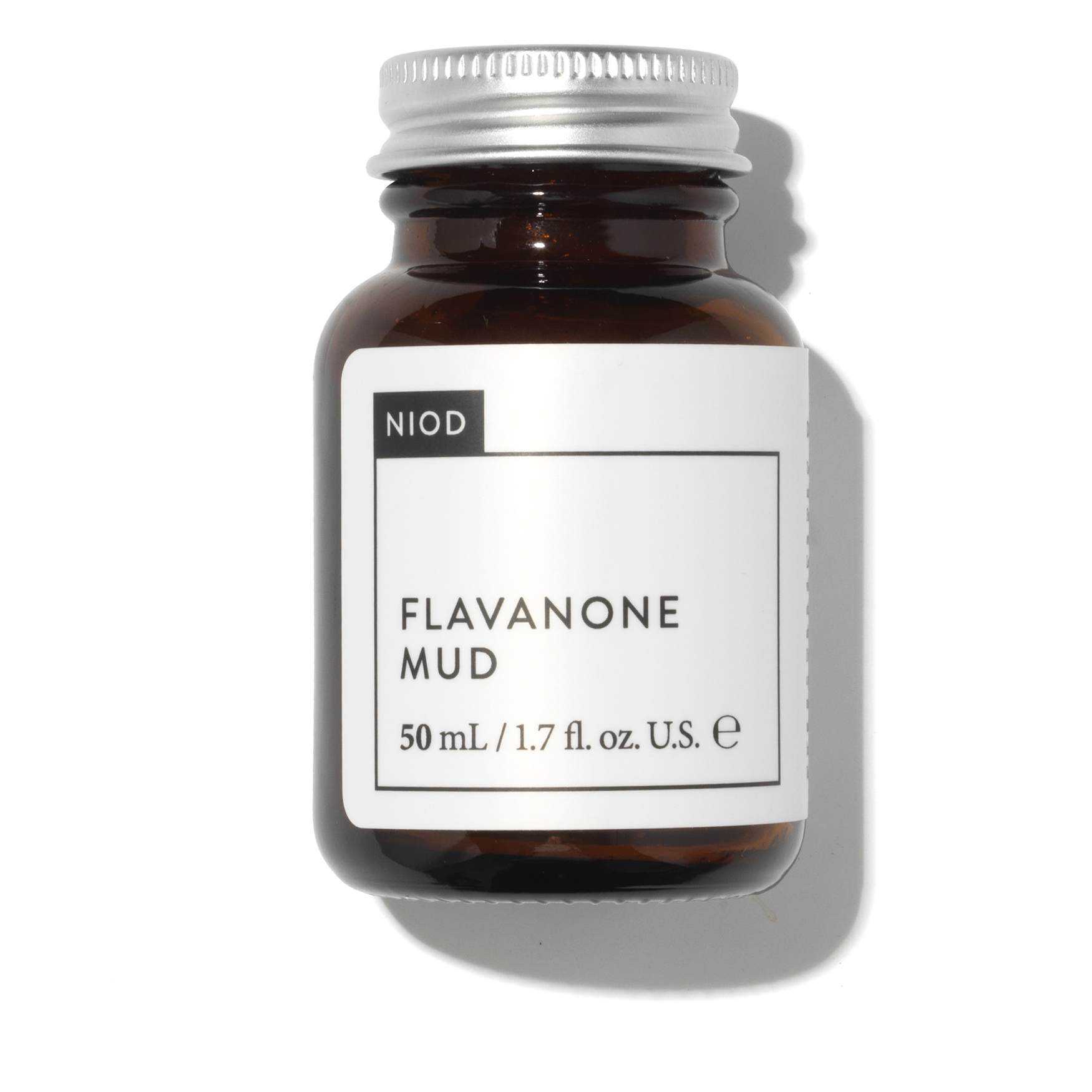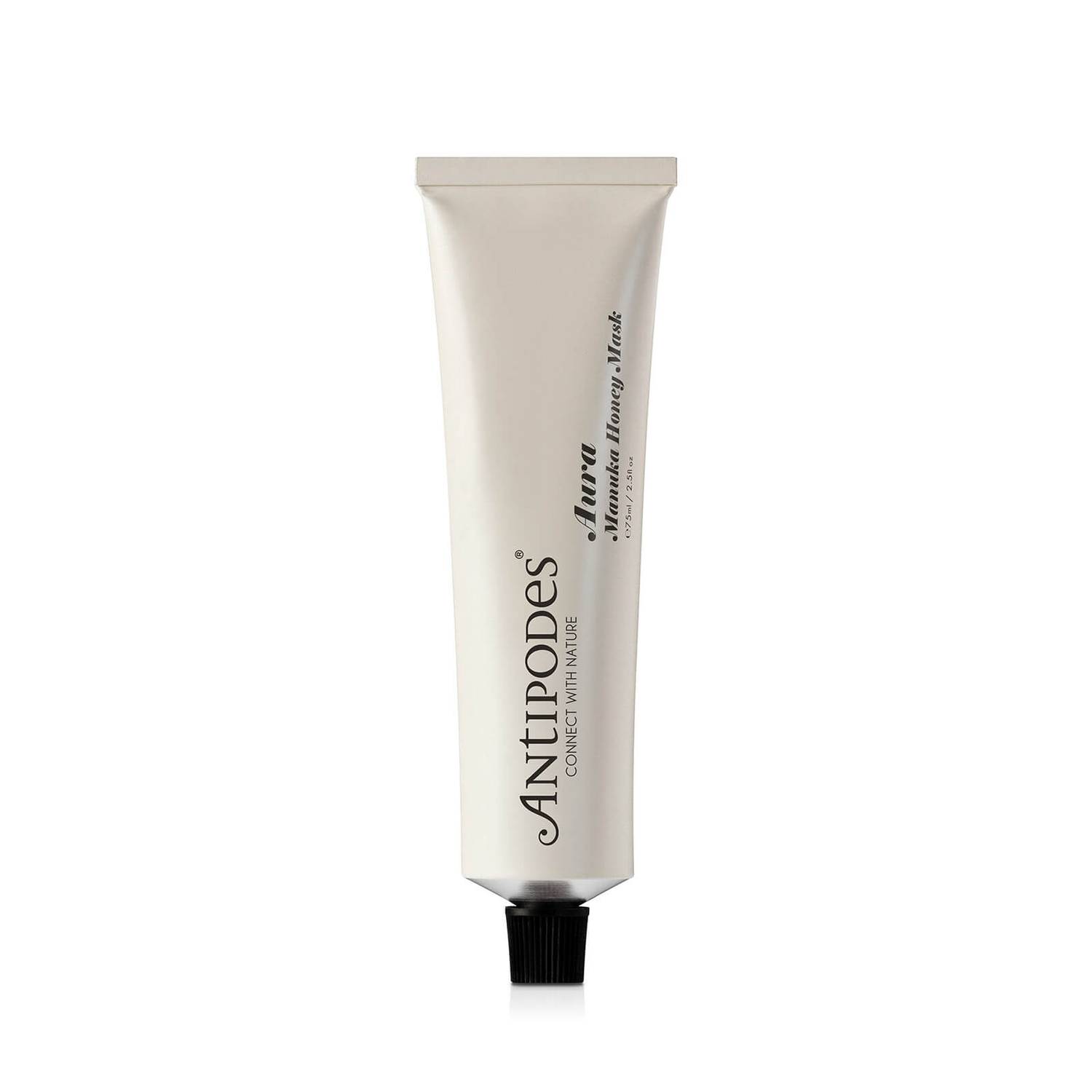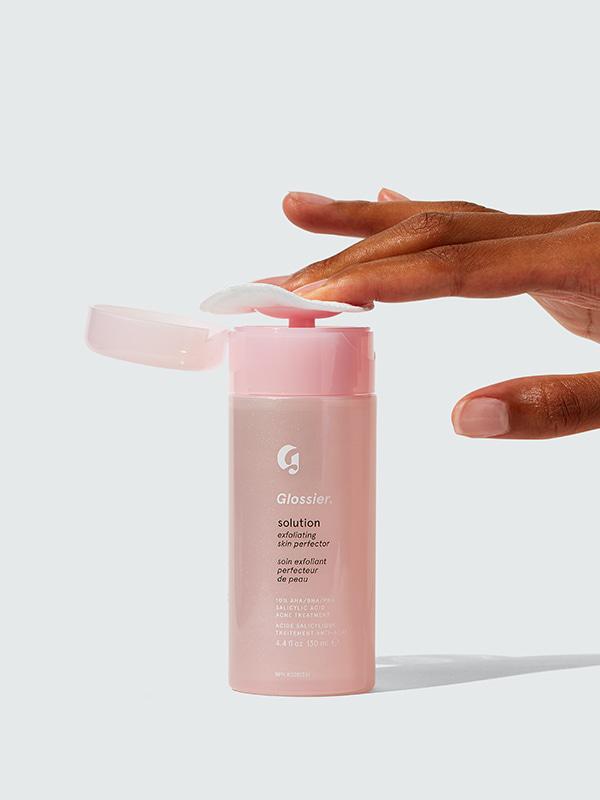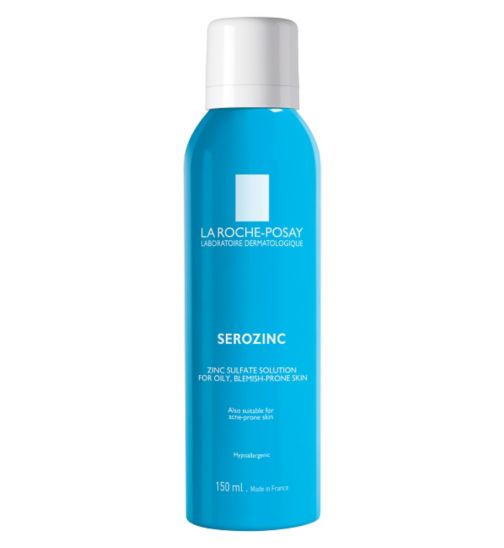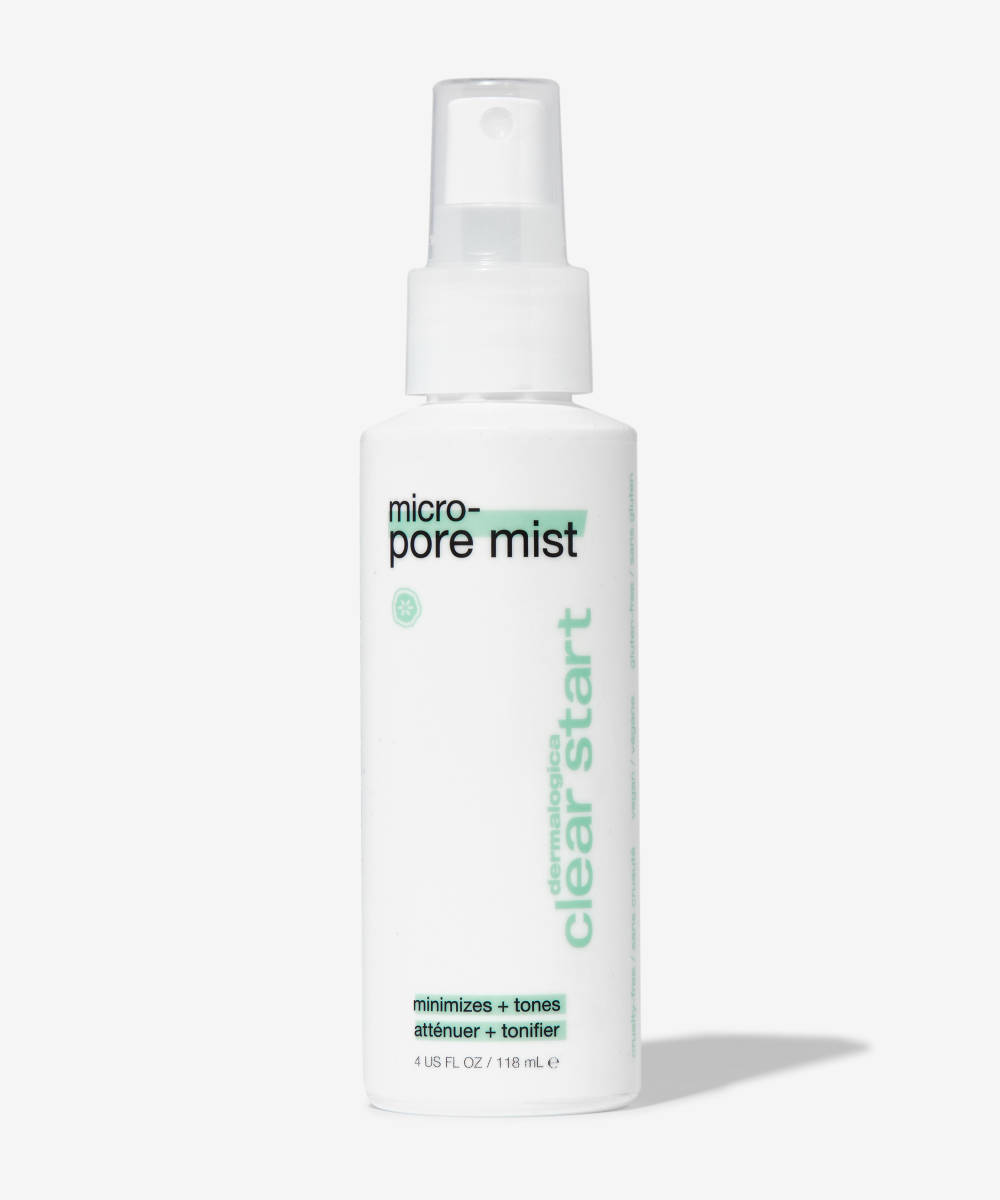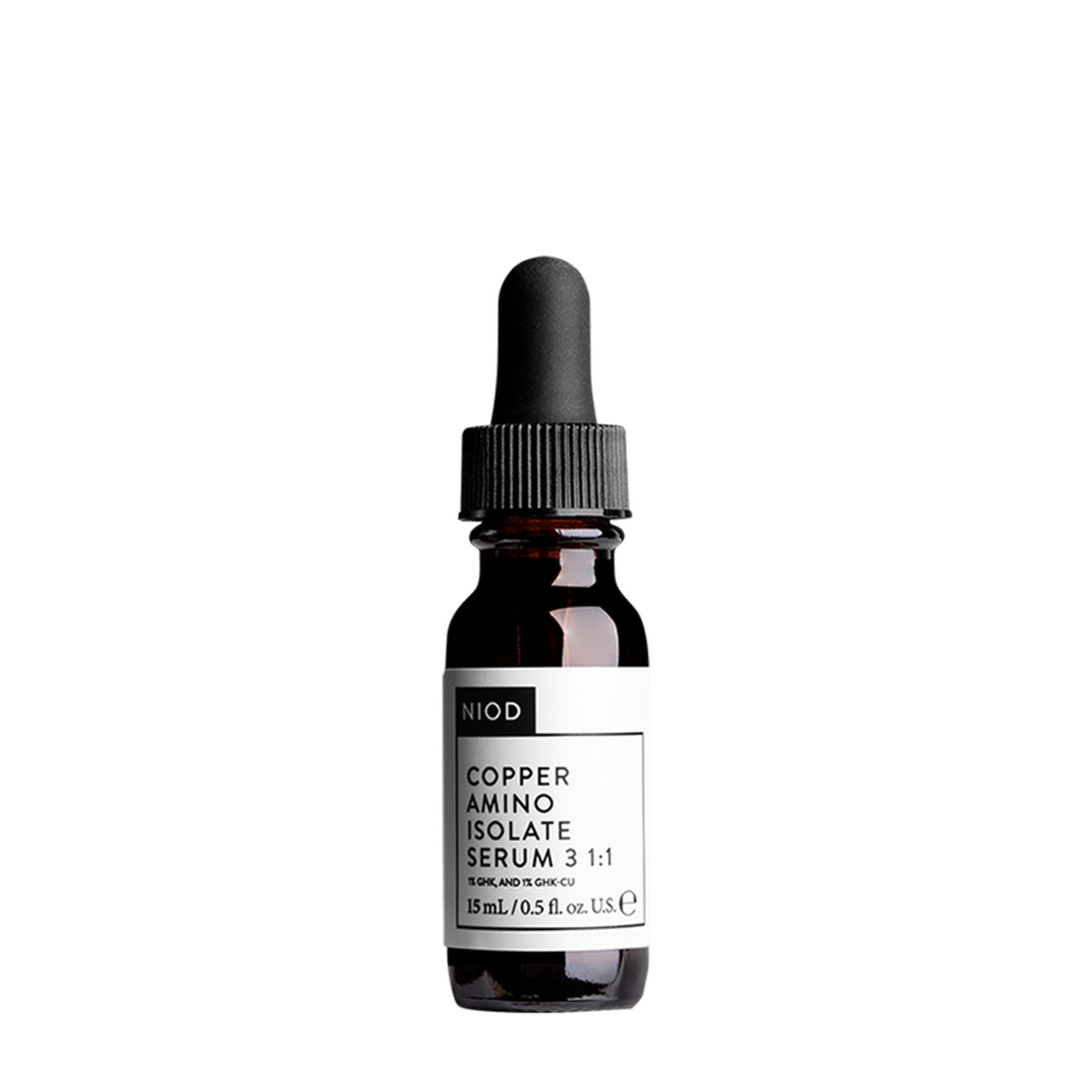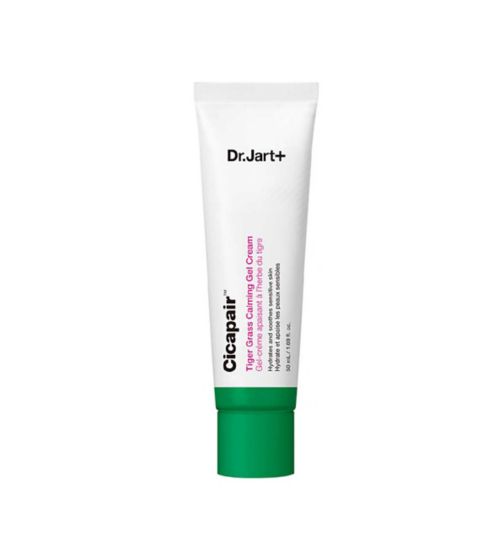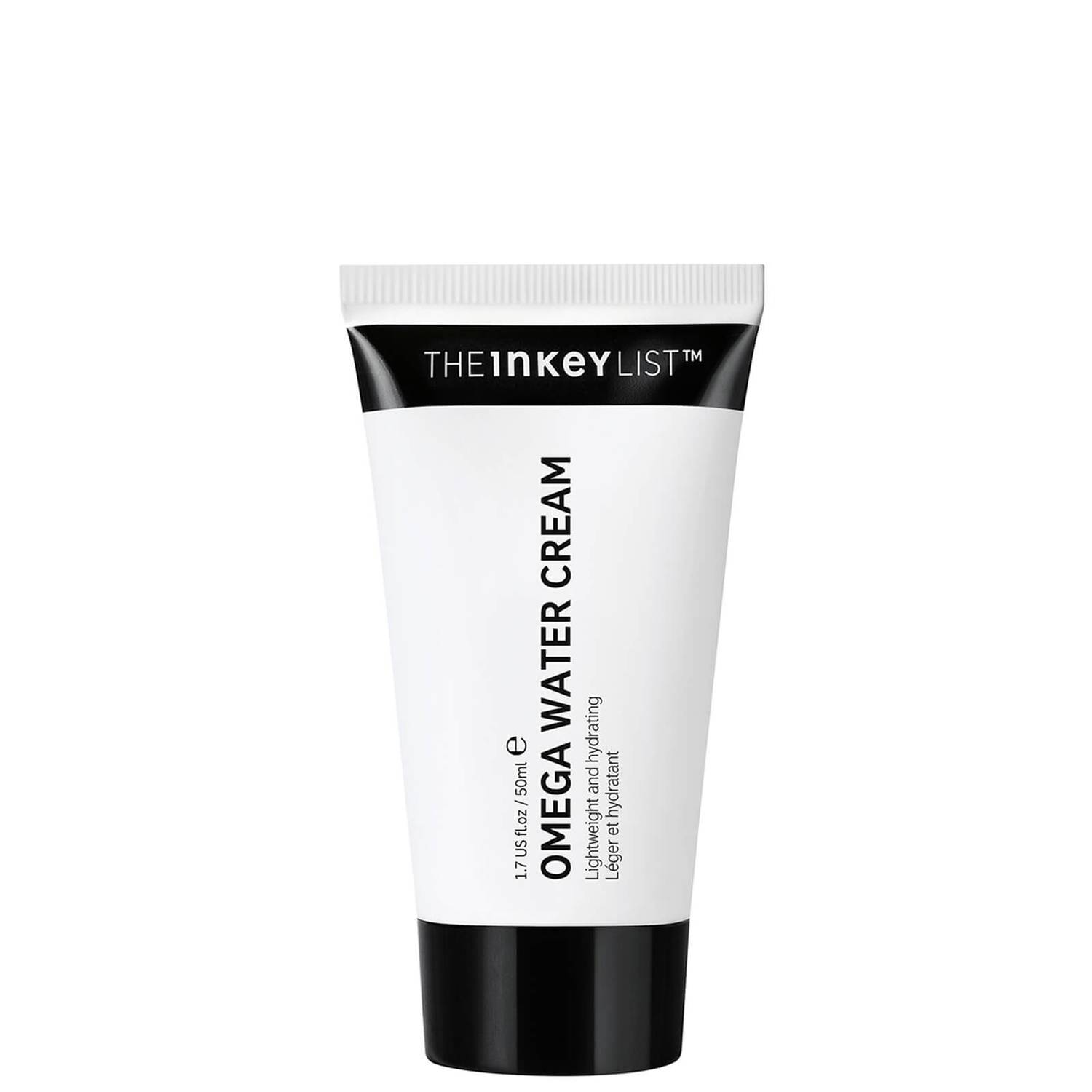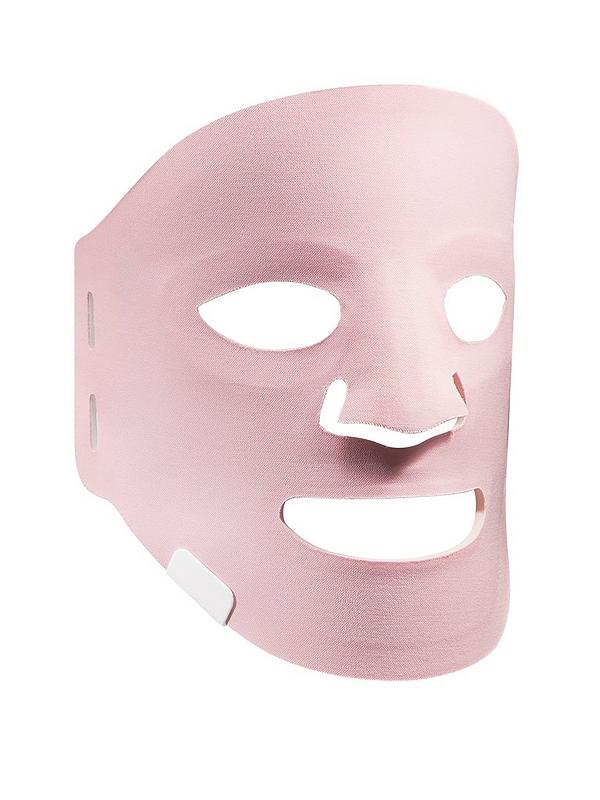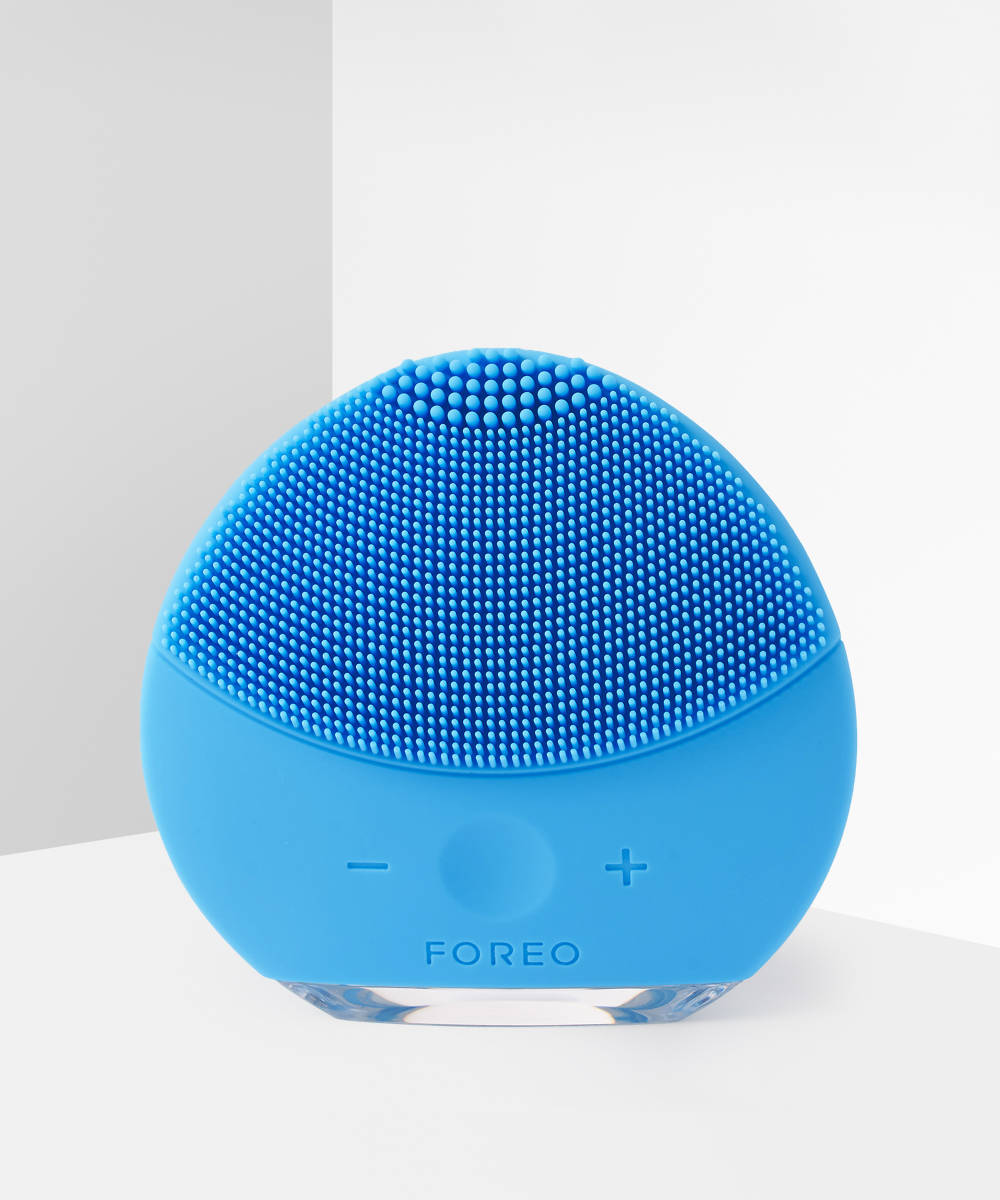I've Lived With Breakouts for Years—These Are the 21 Products That I Swear By
I’ve spent more than half my life battling breakouts and have come a long way from where I started (acne-ridden teen) thanks to years of product trial and error and a career that helpfully allows me to pick the brains of skincare experts and dermatologists. But no matter how calm and clear my skin appears to be, it flares up once a month without fail, right before my period is due. "This is what’s referred to as hormonal acne, breakouts which commonly occur during a period of hormonal imbalance,” says consultant dermatologist Zainab Laftah. "This is typically seen when there is a surge in androgens (male hormones). Androgens stimulate the oil glands to produce more sebum, resulting in clogged pores and acne.” Androgens often flare up at puberty, during pregnancy, and with menopause, but they also affect skin on a monthly basis, too.
It’s incredibly frustrating if, like me, you’ve got your go-to skincare routine sussed out, you double-cleanse every night, never sleep in your makeup, and are in a committed relationship with at least five face masks. But the (hard) truth is that no skincare products will completely prevent hormonal breakouts from occurring, and there is no face mask that can predict the fluctuations of our hormones or spot treatment to stop spots before we see that telltale redness.
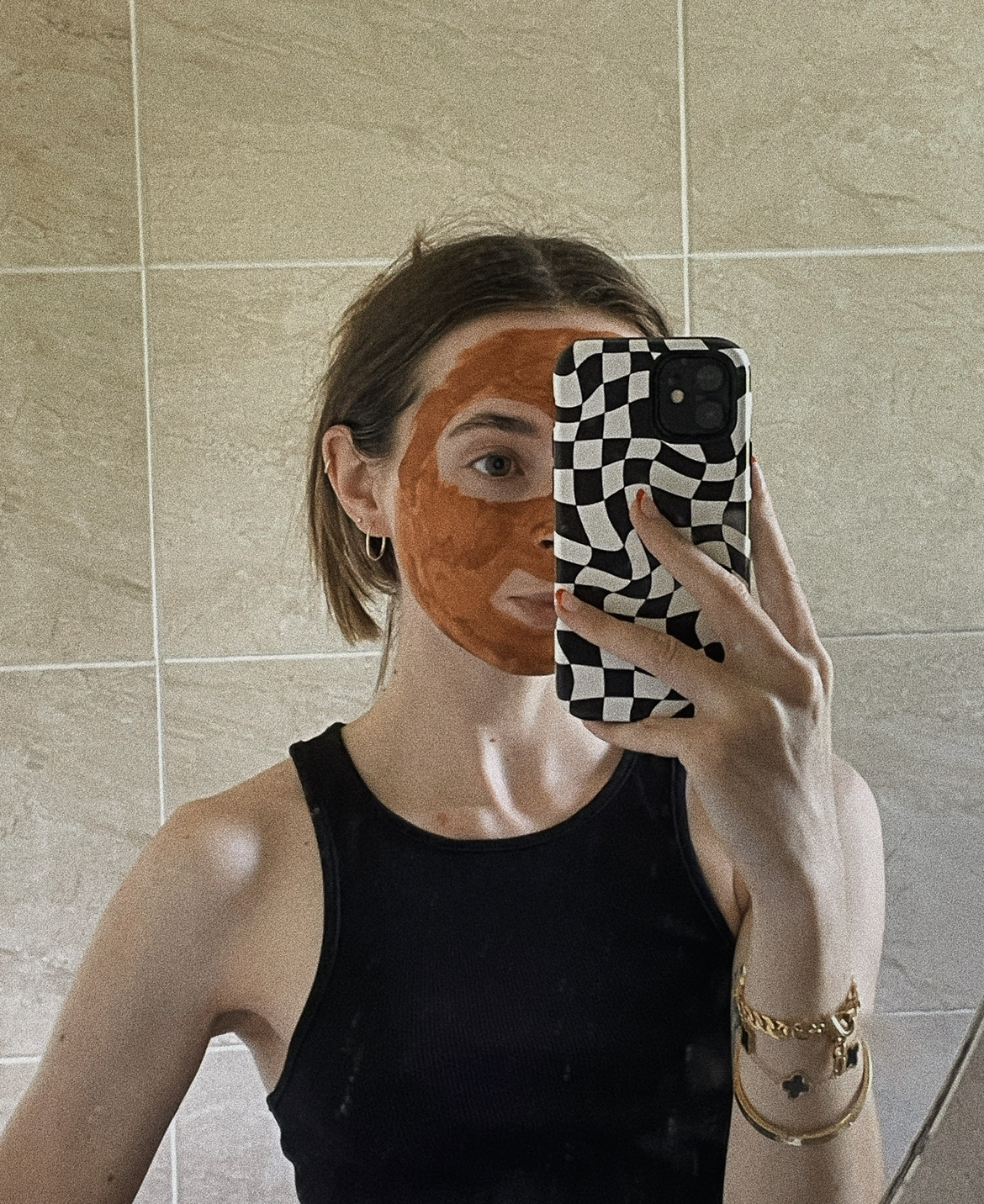
"Typically during a monthly cycle, there is a peak of the female sex hormones (oestrogen and progesterone) during ovulation,” explains Laftah. "Levels of both hormones rapidly fall in the absence of a fertilised egg, resulting in your period. Plus, prior to your period, levels of testosterone (a male hormone) increase, stimulating the sebaceous (oil) glands to produce more sebum, which leads to blocked pores and acne breakouts.” On top of this, our hormone fluctuations can also be impacted by additional factors, including stress, genetics, and lifestyle. "When someone experiences high levels of stress for a prolonged period of time, elevated stress hormones can drive breakout activity and suppress wound healing, meaning breakouts take longer to heal,” explains Victoria Evans, education manager at Dermalogica. "Stress breakouts typically occur along the jawline and on the neck and sometimes around the temples.”
Although it may not be possible to prevent the cause of hormonal breakouts, that doesn’t mean there aren’t tweaks you can make to your skincare routine to help target and combat them as soon as you feel them coming. By targeting the other factors that contribute to breakouts, such as a build-up of dead skin cells, bacteria or excess oil, it’s completely possible to reduce the severity of a flare-up. Over the years, I’ve figured out the products that get to work fast for maximum impact with minimal effort required. Keep scrolling to discover the best treatments for hormonal acne that I’ve tried.
1. Spot Treatments
Targeted spot treatments are designed to be applied to individual breakouts rather than all over. They’re typically the quickest way to take down a spot once you feel or see it appear. Both Laftah and Evans recommend looking out for spot treatments containing salicylic acid. "Salicylic acid is oil soluble thus able to penetrate deeply into the pores to breakdown bonds between the dead skin cells and oils,” explains Laftah. Out of the hundreds of spot treatments I’ve tried over the years, these are the most effective.
Shop spot treatments:
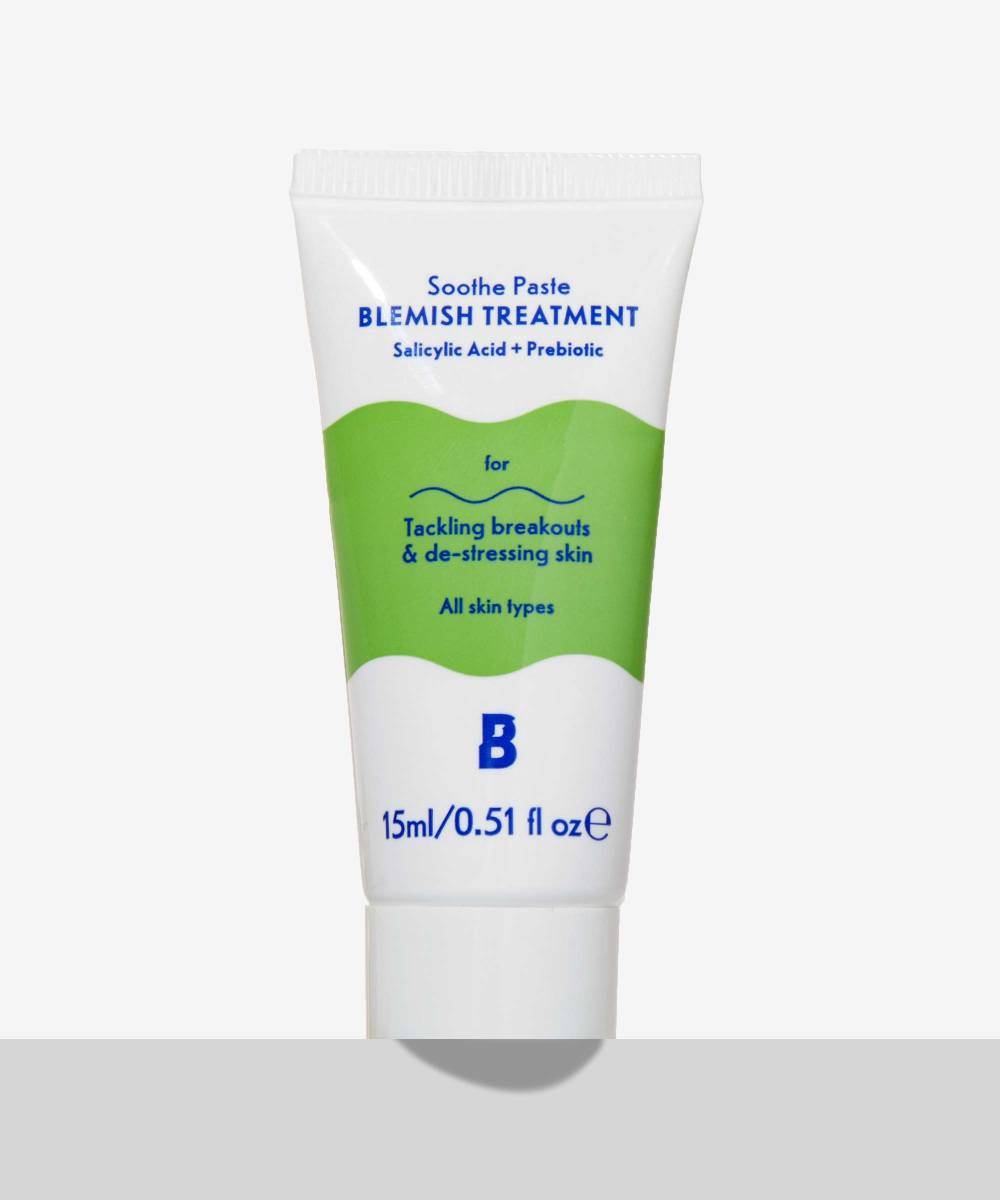
Thanks to a blend of niacinamide, salicylic acid, witch hazel and zinc, this creamy paste helps to both take down breakouts and prevent them from scarring. What’s more, the formula is boosted with hydrating ingredients like squalane and vitamin E, so unlike many other spot treatments, it won’t dry out skin.
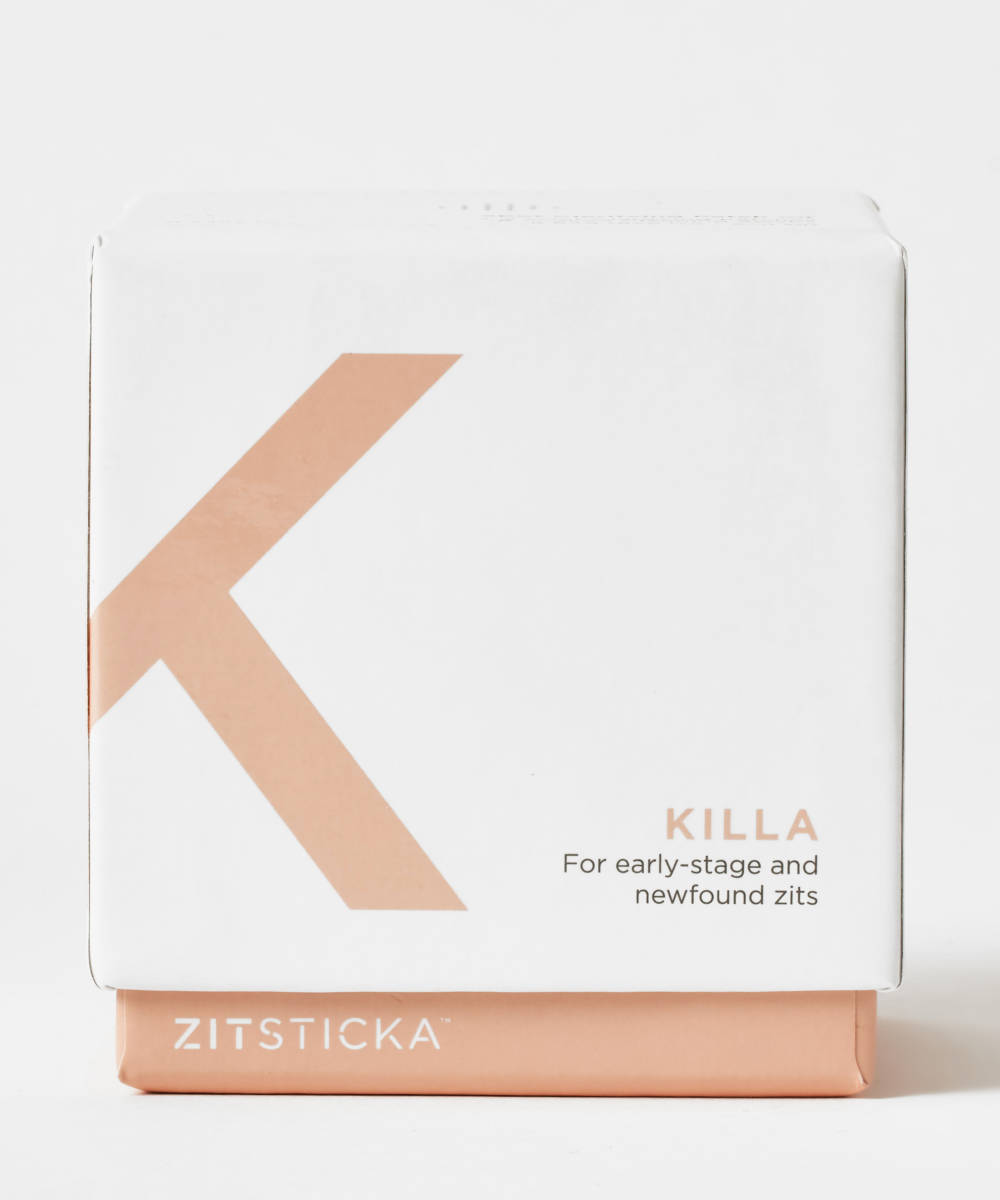
Under-the-skin spots are notoriously hard to tackle, but there’s nothing worse than waiting for a breakout to surface before you can treat it. These high-tech spot patches utilise microdarts to penetrate the breakout and infuse it with anti-inflammatory salicylic acid.
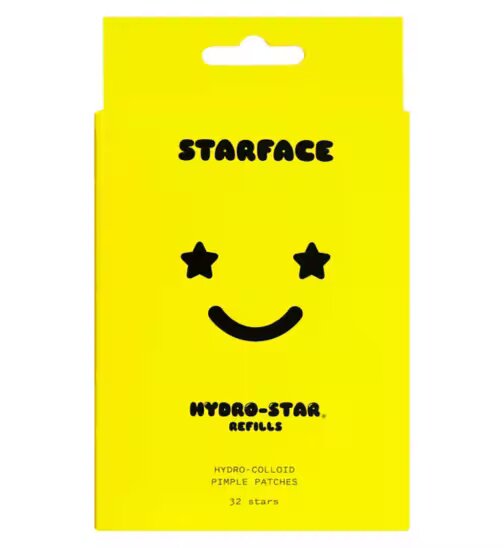
You’ve probably seen these spot patches on Instagram, but they’re by no means a gimmick. Perfect for breakouts that have already broken the surface and come to a head, Hydro-Stars are made with hydrocolloid, which cleverly absorbs fluid from the spot to reduce swelling.
2. Face Masks
They may not be a daily staple in the same way a cleanser or sunscreen is, but face masks are one of the best ways to target both new and existing breakouts with fast-acting, hardworking ingredients. If you have acne-prone skin you’ll know that there is an overwhelming amount of face mask offerings on the market, so I’ve narrowed it down to my top four.
Shop face masks:

Most sheet masks are designed to hydrate and moisturise, but these ones are specifically designed with acne-prone skin in mind. Soaked in a formula that includes exfoliating acids and soothing niacinamide, they’re ideal for treating multiple breakouts in one go.
3. Exfoliants
"It can be helpful to track your cycle and understand the ebb and flow of your hormones, then record your symptoms, both physical, emotional, and your skin responses,” says Evans. "Once you know when in your cycle you see certain changes, you can adapt your regimen and lifestyle to pre-empt and reduce them, such as regular gentle exfoliation to keep skin clean and clear.” Acid-based chemical exfoliants will also help to fade pigmentation from leftover breakouts and will improve skin texture. But remember: Over-exfoliating can cause irritation. If you’re new to acids, start off using them once or twice a week, increasing usage when build-up occurs in the week before your period is due.
Shop exfoliants:
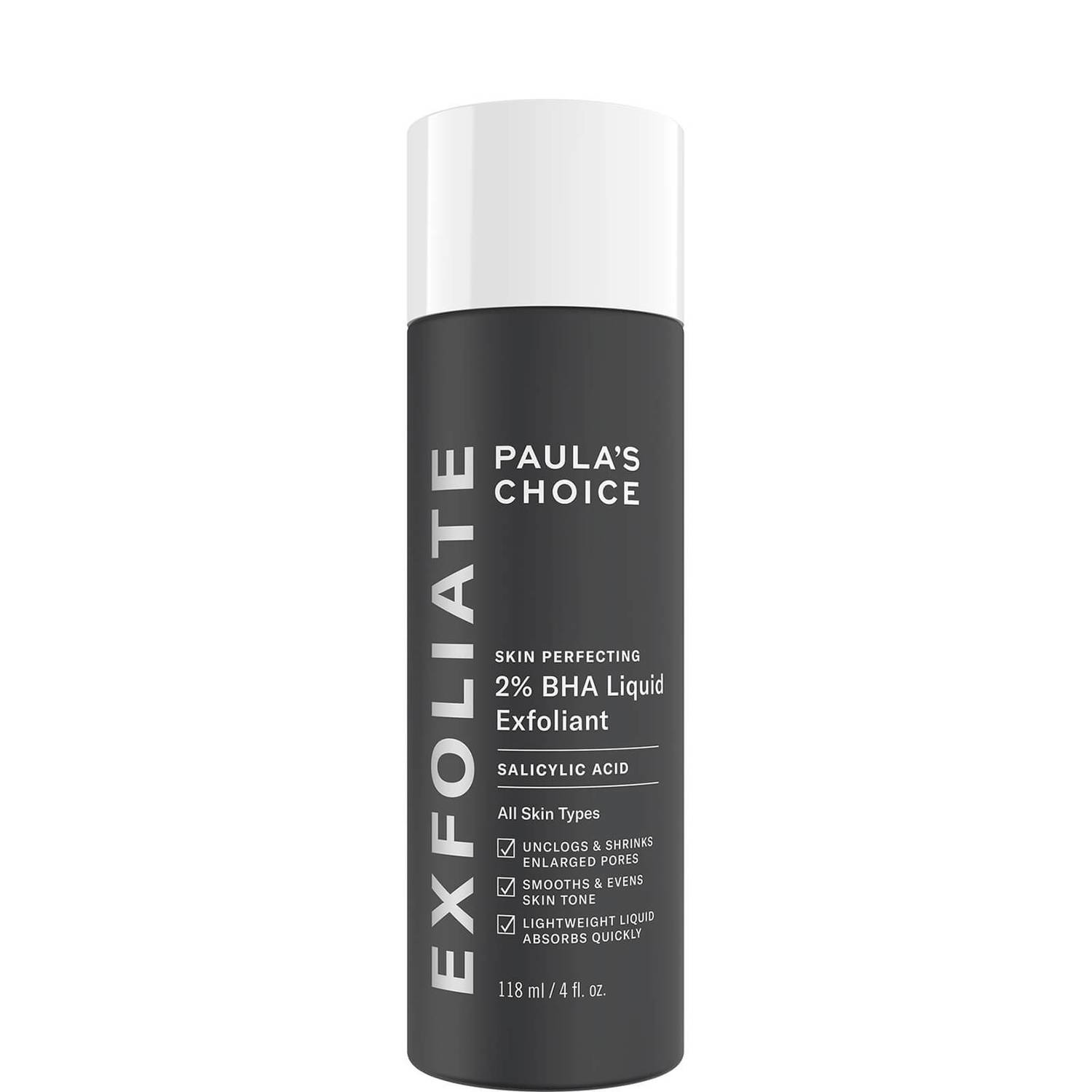
A beta hydroxy acid (BHA), salicylic acid is particularly effective for acne because it’s oil-soluble. It can penetrate deep into skin to break down oil and dead skin cells as they start to build up. I always recommend it to friends prone to oily skin and blackheads.
4. Toners
I know that some toners might seem like nothing more than bottles of fancy water, but this is not a category to overlook, especially if your breakouts are inflamed and painful. For me, the soothing ingredients and refreshing application of a face mist are always a welcome relief when my spots feel sore to touch.
Shop toners:
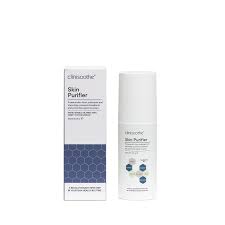
This mist is a staple in my routine, even when I’m breakout free. The hero ingredient, hypochlorous acid, is actually naturally produced by our white blood cells to heal damaged skin and fight infection and bacteria. It helps both reduce inflammation and speed up the skin’s healing process so breakouts have a shorter lifespan.
4. Serums
One of the most important steps in any skincare routine, serums are the best opportunity you have to target your skin concerns with a tailored blend of potent ingredients. For both reducing and treating breakouts, Laftah recommends active ingredients like retinoids and salicylic acid.
Shop serums:
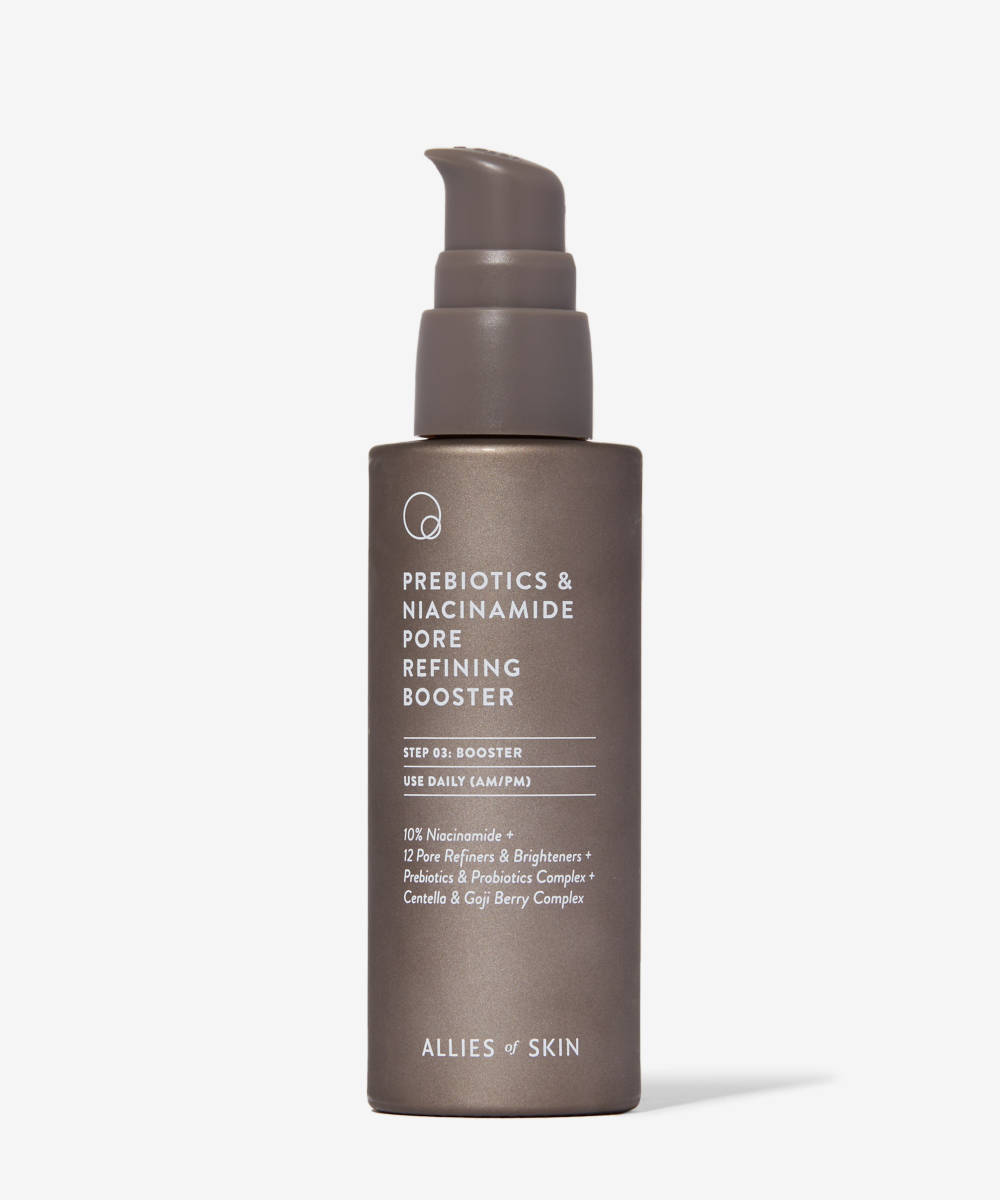
Combining niacinamide, probiotics and centella asiatica extract with hydrating ingredients like glycerin and hyaluronic acid, this pick will work well for all skin types, so you can target your hormonal breakouts while keeping your overall complexion in check.
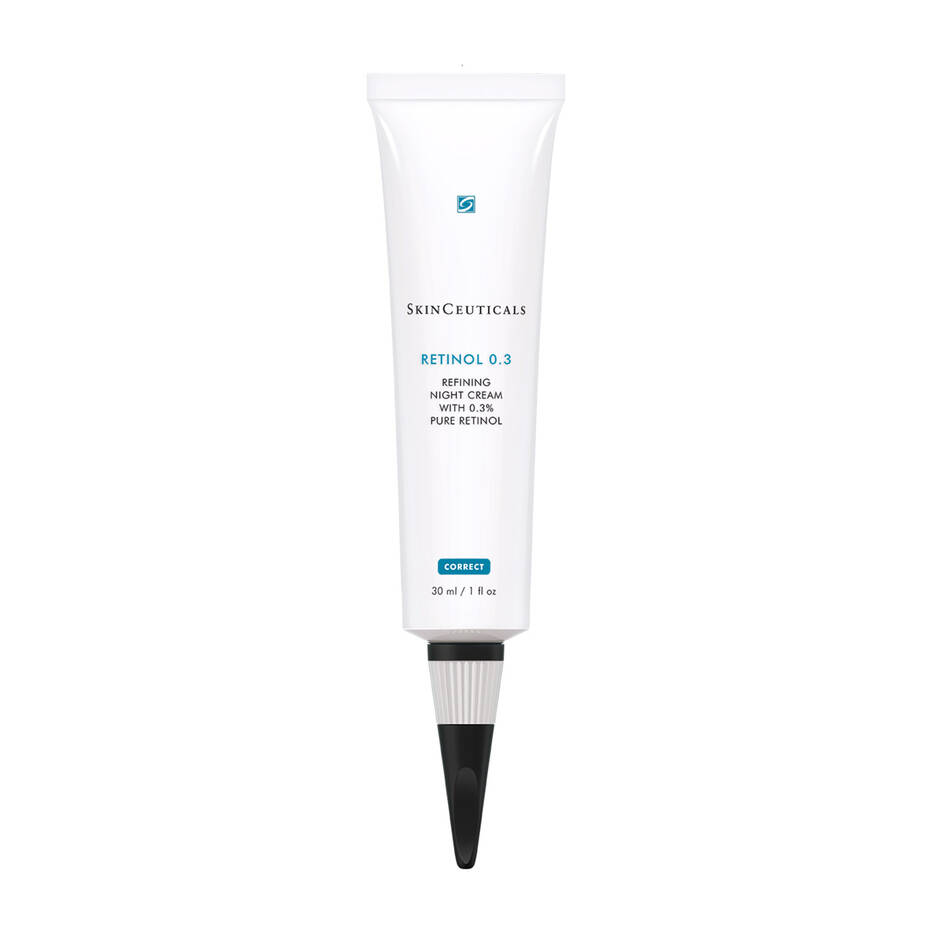
Although it’s most commonly known as an anti-ageing ingredient, retinol can also benefit acne-prone skin. Used consistently, it helps to reduce sebum production and speed up cell turnover to reduce congestion in pores. I personally saw amazing results from using prescription-strength retinol, but this high-dose serum from SkinCeuticals is the next best thing.
5. Moisturisers
Finding a moisturiser that works for breakout-prone skin is no easy task, but it’s important to keep skin hydrated in order to maintain good skin health. The healthier skin is, the better it’s able to defend the skin from external aggressors (like bacteria) and heal breakouts and post-inflammatory hyperpigmentation.
Shop moisturisers:
6. Tools
Certain skincare tools should be left to the pros, but there are a few DIY gadgets that come derm-approved for at-home use.
Shop tools:
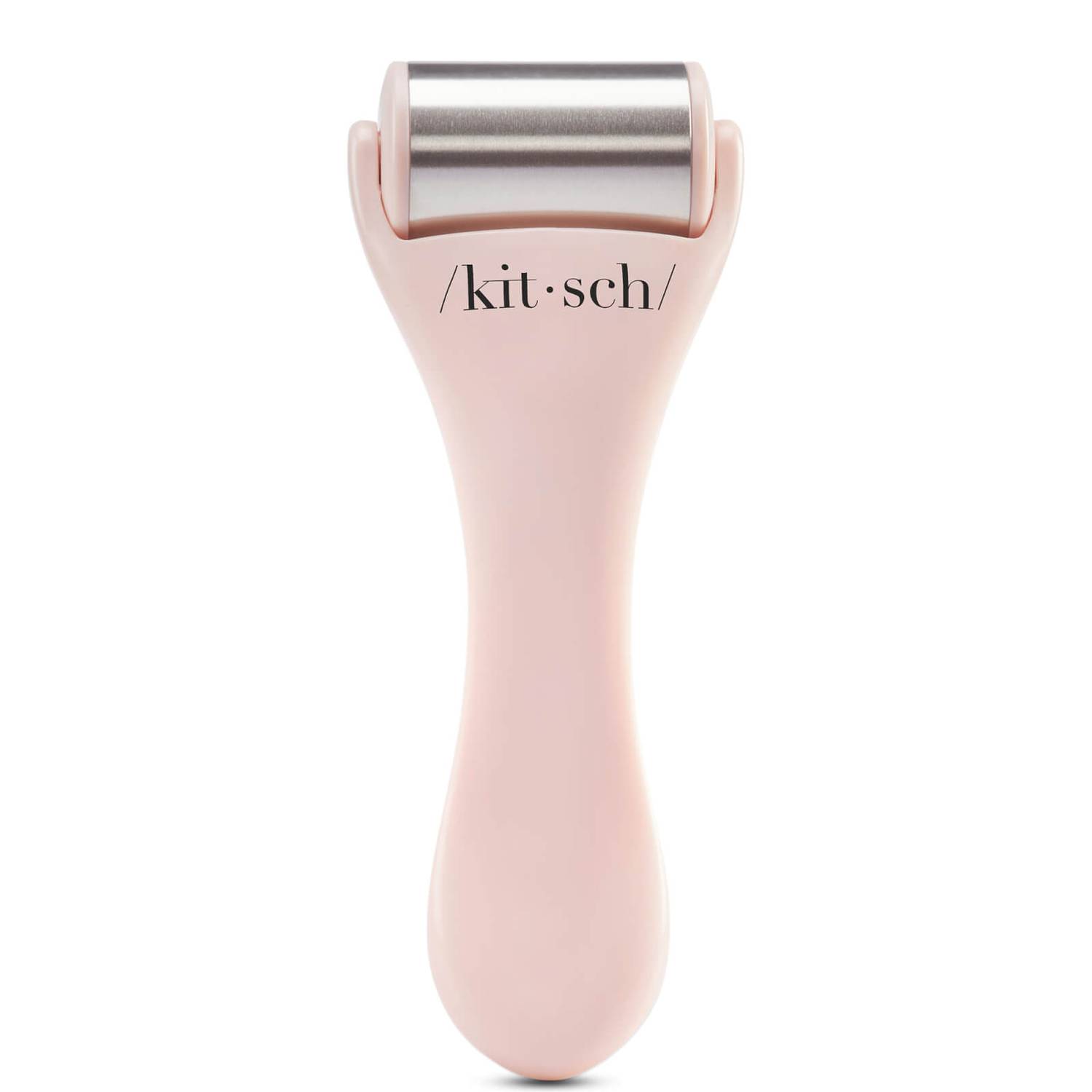
The obvious answer to reducing inflammation? Ice. Best used as soon as you feel a breakout coming up, the chill of an ice roller constricts blood vessels, which in turn stimulates circulation and helps the immune system to drain the spot. You’ll be surprised how fast it works.
Next Up: I Have Pigmentation, and I Swear By This New Serum for Even, Glowing Skin
Grace Day is a beauty editor and content creator. She has over 10 years of beauty-industry experience, spanning editorial, retail, and e-commerce, which gives her a unique understanding into how people shop for their beauty routines.
While studying for a history degree (specialising in the history of beauty) and working as a beauty adviser in department stores, Grace started writing her own beauty blog in order to share the products she discovered while dealing with acne. After graduating, she moved to Beauty Bay as beauty editor and content manager. Grace is currently a beauty contributor toBest Knockoff Luxury Clothing
. She has also written for Hypebae and PopSugar and works as a brand consultant and copywriter.
